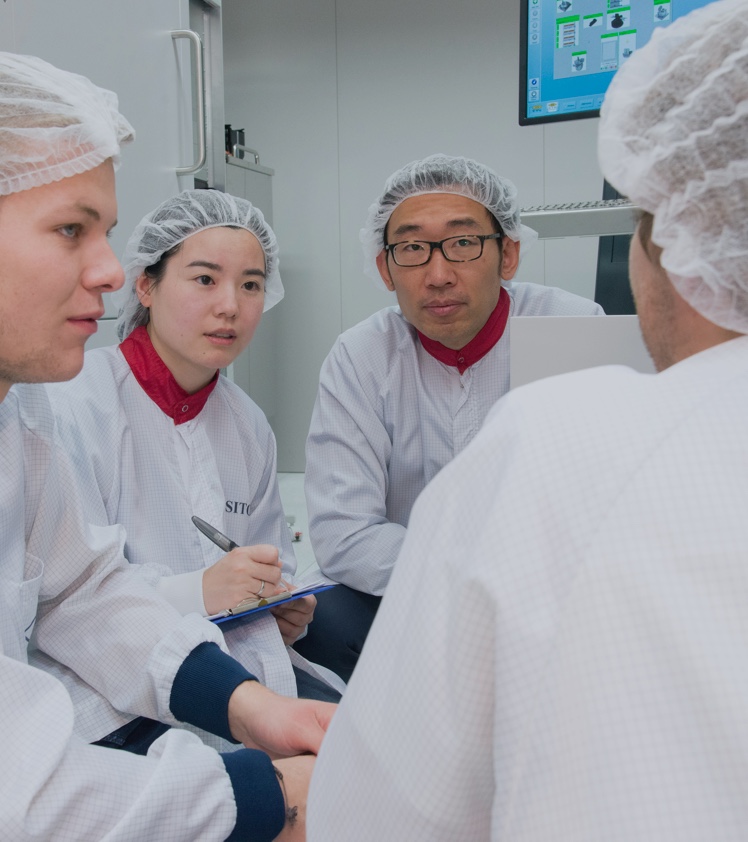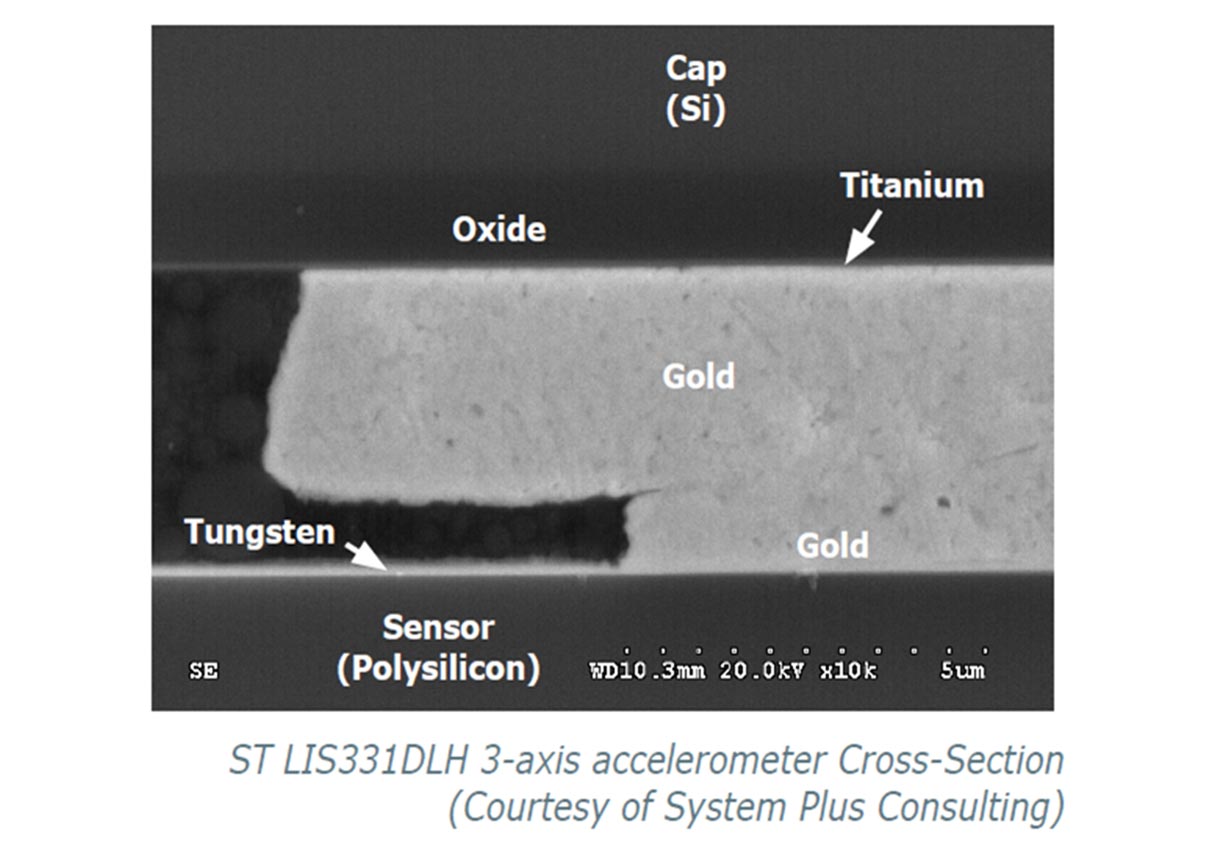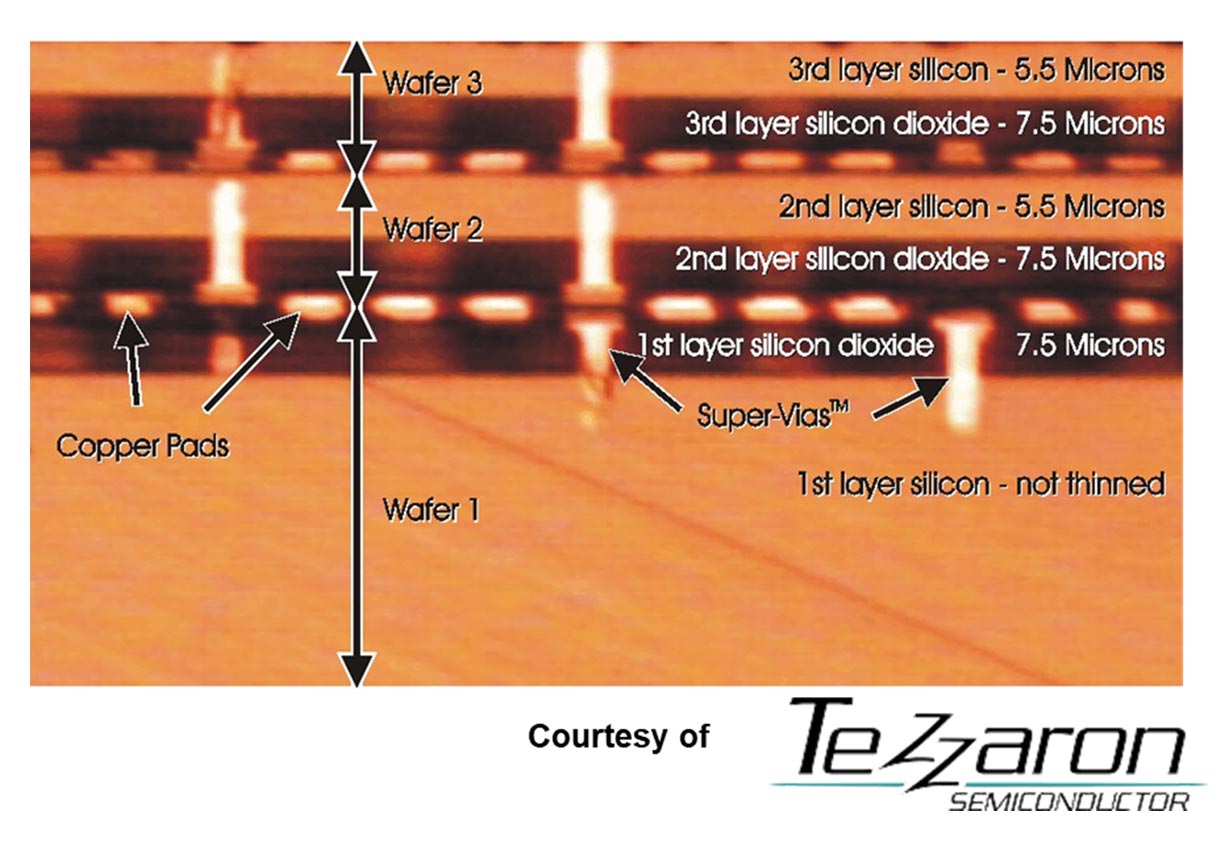- Produkte
-
Technologien
- IR LayerRelease™ Technology
- MLE™ - Maskless Exposure Technologie
- Nanopräge-Lithographie (NIL) - SmartNIL®
- Wafer-Level Optics
- Optische Lithographie
- Fotolackverarbeitung
- Temporäres Bonden und De-Bonden
- Eutektisches Bonden
- Transient Liquid Phase (TLP) Bonden
- Anodisches Bonden
- Metall-Diffusionsbonden
- Hybrid- und Fusionsbonden
- Die-to-Wafer Fusion and Hybrid Bonding
- ComBond® Technologie
- Metrologie
- Unternehmen
- Karriere
Metal Diffusion Bonding
Metal diffusion bonding for precise interfaces and alignment
Introduction
Metal diffusion bonding, also known as Thermo compression bonding (TCB), is a direct solid-state diffusion bonding process and is based on atomic contact. In this bonding technique, two metals are brought into contact by applying heat and force simultaneously after which the atoms diffuse to form the bond interface. TCB is widely used in the production of RF MEMS, light emitting diodes (LEDs), laser diodes as well as power devices.
TCB provides hermetic sealing of packaged internal structures and electrical interconnects in a single process step. Because of their high diffusion rates, Au, Al and Cu are the most established materials that are used in TCB. Compared to Al and Cu, Au requires less temperature for diffusion and has an added advantage of not becoming oxidized. The diffusion rate depends on the chosen temperature and applied pressure where the atoms diffuse between crystal lattices. Here, grain boundary and bulk diffusion takes place in addition to standard surface diffusion.
In this technology, wafer-level bonding is achieved at low temperatures without the application of an electric field. Nevertheless, good control of CTE (coefficient of thermal expansion) and synchronized wafer expansion is important to prevent any resulting stress and alignment shift during bonding. Furthermore, the applied force and its uniformity are important, which also depend on the metal density (features) and size of the wafers. In TCB, the bonding temperature and the applied pressure are inversely proportional, which gives a feasibility to tailor the bonding parameters.
Features
- Electrically conductive
- High fracture toughness
- Small bonding frames
- Hermetic sealing
- Very good post-bond alignment
- No contamination
- No or very little deformation

Kontaktieren Sie unsere EVG-Technologieexperten!
Fragen?
- IR LayerRelease™ Technology
- MLE™ - Maskless Exposure Technologie
- Nanopräge-Lithographie (NIL) - SmartNIL®
- Wafer-Level Optics
- Optische Lithographie
- Fotolackverarbeitung
- Temporäres Bonden und De-Bonden
- Eutektisches Bonden
- Transient Liquid Phase (TLP) Bonden
- Anodisches Bonden
- Metall-Diffusionsbonden
- Hybrid- und Fusionsbonden
- Die-to-Wafer Fusion and Hybrid Bonding
- ComBond® Technologie
- Metrologie
Fragen zu unseren Technologien?
Kontaktieren Sie die EVG-Experten

